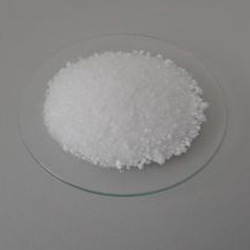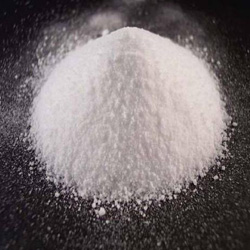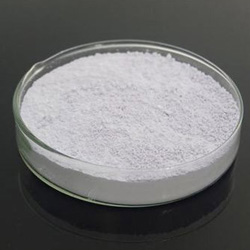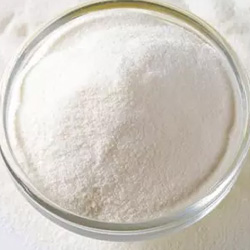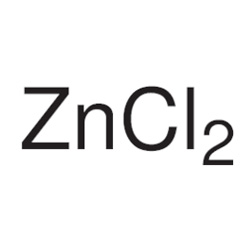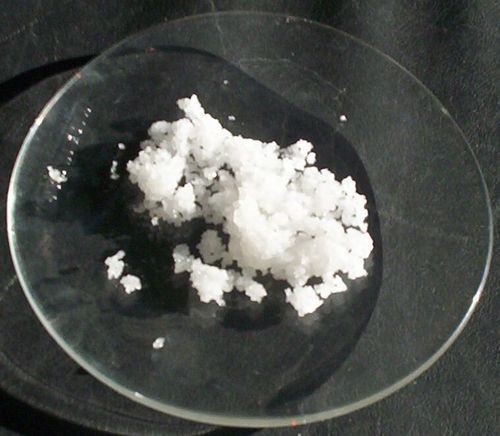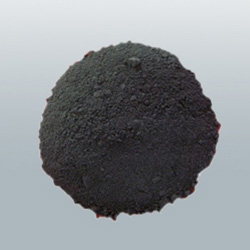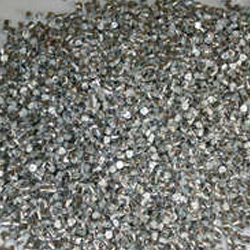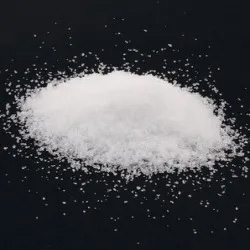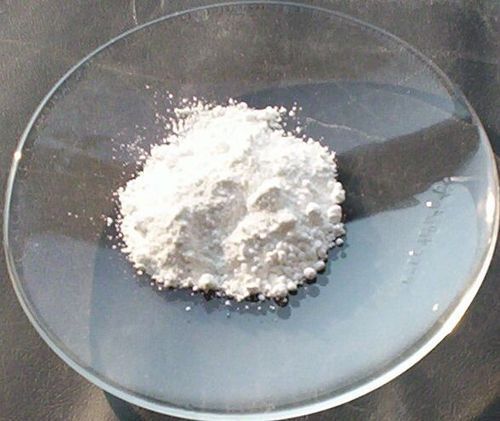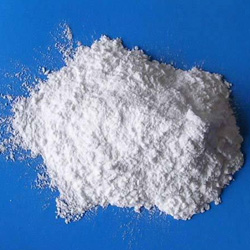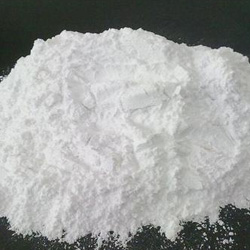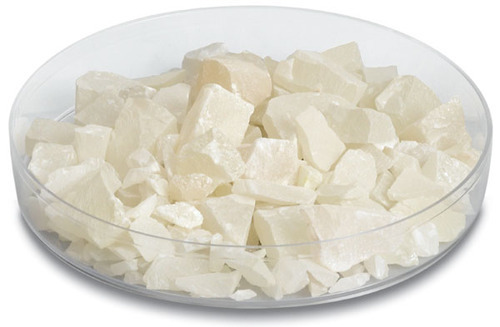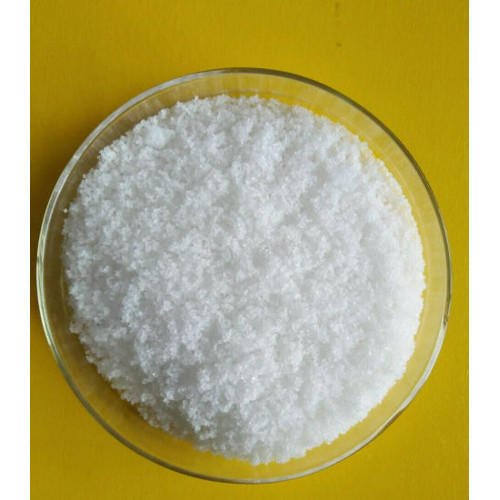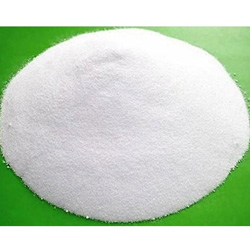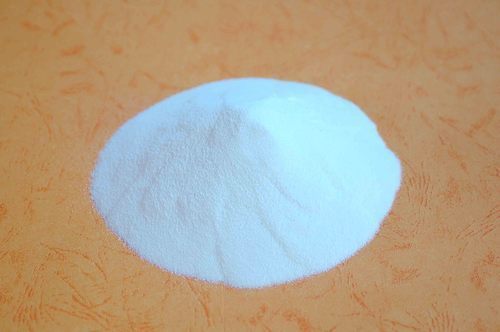Zinc Compound
Zinc Acetate Dihydrate 98%
| Specifications | |
|---|---|
| Appearance | White crystalline powder with faint odor of acetic acid |
| Assay | Min 98% |
| pH (5% solution in water) | 6.0 - 8.0 |
| Chloride (Cl) | Max 0.005% |
| Sulphate (SO4) | Max 0.01% |
| Arsenic (As) | Max 0.0003% |
| Lead (Pb) | Max 0.002% |
| Alkaline metal | Max 0.2% |
Zinc Acetate Dihydrate 99.5%
| Specifications | |
|---|---|
| Appearance | White crystalline powder with faint odor of acetic acid |
| Assay | Min 99.5% |
| Insoluble matter | Max 0.003% |
| Chloride (Cl) | Max 0.001% |
| Nitrogen compounds (as N) | Max 0.002% |
| Sulphate (SO4) | Max 0.005% |
| Cadmium (Cd) | Max 0.0005% |
| Calcium (Ca) | Max 0.001% |
| Copper (Cu) | Max 0.0005% |
| Iron (Fe) | Max 0.0005% |
| Lead (Pb) | Max 0.0005% |
| Sodium (Na) | Max 0.001% |
Zinc Borate Extra Pure
| Specifications | |
|---|---|
| Appearance | White amorphous powder |
| Zinc oxide (Zno) | Min 37% |
| Boric oxide (B2O3) | Min 47% |
| Loss on ignition (at 850°C) | 14 - 15% |
Zinc Borate
Zinc borate is an inorganic compound, a borate of zinc. It is a white crystalline or amorphous powder insoluble in water. Its toxicity is low. Its melting point is 980 °C.
Zinc Bromide
Zinc bromide (ZnBr2) is an inorganic compound with the chemical formula ZnBr2. It is a colourless salt that shares many properties with zinc chloride (ZnCl2), namely a high solubility in water forming acidic solutions, and solubility in organic solvents. It is hygroscopic and forms a dihydrate ZnBr2 · 2H2O.
Zinc Bromide Anhydrous 98%
| Specifications | |
|---|---|
| Appearance | White crystalline powder. |
| Assay | Min 98% |
| Water (by KF) | Max 2.0% |
Zinc Carbonate Basic
| Specifications | |
|---|---|
| Appearance | White powder |
| Assay (as Zn; complexometric) | Min 47% |
| Chloride (Cl) | Max 0.05% |
| Sulphate (SO4) | Max 0.5% |
| Arsenic (As) | Max 0.0005% |
| Lead (Pb) | Max 0.002% |
| Calcium (Ca) | Max 0.5% |
| Iron (Fe) | Max 0.02% |
| Residue on ignition | 70 - 74% |
Zinc Chloride Dry
| Specifications | |
|---|---|
| Appearance | White crystalline hygroscopic powder |
| Assay (ex total Zn) | Min 97% |
| Zinc oxide (Zno) | Max 4% |
| Iron (Fe) | Max 0.005% |
| Lead (Pb) | Max 0.005% |
Zinc Chloride
Zinc chloride is the name of chemical compounds with the formula ZnCl2 and its hydrates. Zinc chlorides, of which nine crystalline forms are known, are colorless or white, and are highly soluble in water.ZnCl2 itself is hygroscopic and even deliquescent. Samples should therefore be protected from sources of moisture, including the water vapor present in ambient air. Zinc chloride finds wide application in textile processing, metallurgical fluxes, and chemical synthesis. No mineral with this chemical composition is known aside from the very rare mineral simonkolleite, Zn5(OH)8Cl2·H2O.
Zinc Dust
| Specifications | |
|---|---|
| Appearance | Grayish heavy powder |
| Assay (total Zn; complexometric) | Min. 95.0% |
| Substance insoluble in HNO3 | Max. 0.5% |
| Cadmium (Cd) | Max. 0.2% |
| Iron (Fe) | Max. 0.01% |
| Copper (Cu) | Max. 0.005% |
| Tin (Sn) | Max. 0.01% |
Zinc Metal Granular
| Specifications | |
|---|---|
| Appearance | Silver gray metallic granules |
| Assay | Min 99.5% |
| Arsenic (As) | Max 0.00001% |
| Iron (Fe) | Max 0.03% |
| Lead (Pb) | Max 0.01% |
| Cadmium (Cd) | Max 0.005% |
| Tin (Sn) | Max 0.005% |
Zinc Nitrate Hexahydrate
| Specifications | |
|---|---|
| Appearance | Colorless crystals |
| Assay (ex Zn) | 96 - 103% |
| pH (10% solution in water) | 3 - 6 |
| Chloride (Cl) | Max 0.005% |
| Sulphate (SO4) | Max 0.01% |
| Iron (Fe) | Max 0.005% |
Zinc Nitrate Hexahydrate
Zinc nitrate is a highly deliquescent substance which is usually prepared by dissolving zinc in nitric acid. It can be used as a mordant in dyeing.
Zinc Oxide
| Specifications | |
|---|---|
| Appearance | A soft, white or faintly yellowish white amorphous powder, free from grittiness |
| Assay | 99.0 - 100.5% |
| Identification | To pass IP test |
| Substance insoluble in acid and carbonate | To pass IP test |
| Alkalinity | To pass IP test |
| Arsenic (As) | Max. 0.0005% |
| Iron (Fe) | Max. 0.02% |
| Lead (Pb) - as per IP | To pass IP test |
| Loss on ignition (at 500°C) | Max. 1.0% |
Zinc Oxide (Pure)
Zinc oxide is an inorganic compound with the formula ZnO. ZnO is a white powder that is insoluble in water, and it is widely used as an additive in numerous materials and products including rubbers, plastics, ceramics, glass, cement, lubricants, paints, ointments, adhesives, sealants, pigments, foods (source of Zn nutrient), batteries, ferrites, fire retardants, and first-aid tapes. It occurs naturally as the mineral zincite, but most zinc oxide is produced synthetically.
Zinc Oxide AR
Zinc oxide is an inorganic compound with the formula ZnO. ZnO is a white powder that is insoluble in water, and it is widely used as an additive in numerous materials and products including rubbers, plastics, ceramics, glass, cement, lubricants, paints, ointments, adhesives, sealants, pigments, foods (source of Zn nutrient), batteries, ferrites, fire retardants, and first-aid tapes. It occurs naturally as the mineral zincite, but most zinc oxide is produced synthetically.
Zinc Phosphate
Zinc phosphate (Zn3(PO4)2) is an inorganic chemical compound used as a corrosion resistant coating on metal surfaces either as part of an electroplating process or applied as a primer pigment (see also red lead). Zinc phosphate coats better on a crystalline structure than bare metal, so a seeding agent is often used as a pre-treatment. One common agent is sodium pyrophosphate.
Zinc Stearate
Zinc stearate is a "zinc soap" that is widely used industrially. In this context, soap is used in its formal sense, a metal "salt" of a fatty acid. It is a white solid that repels water. It is insoluble in polar solvents such as alcohol and ether but soluble in aromatic hydrocarbons (e.g., benzene and chlorinated hydrocarbons) when heated. It is the most powerful mold release agent among all metal soaps. It contains no electrolyte and has a hydrophobic effect. Its main application areas are the plastics and rubber industry where it is used as a releasing agent and lubricant which can be easily incorporated.
Zinc Sulphide
Zinc stearate is a "zinc soap" that is widely used industrially. In this context, soap is used in its formal sense, a metal "salt" of a fatty acid. It is a white solid that repels water. It is insoluble in polar solvents such as alcohol and ether but soluble in aromatic hydrocarbons (e.g., benzene and chlorinated hydrocarbons) when heated. It is the most powerful mold release agent among all metal soaps. It contains no electrolyte and has a hydrophobic effect. Its main application areas are the plastics and rubber industry where it is used as a releasing agent and lubricant which can be easily incorporated.
Zinc Sulphate Heptahydrate Purified
Zinc sulfate is the inorganic compound with the formula ZnSO4 as well as any of three hydrates. It was historically known as "white vitriol". It is a colorless solid that is a common source of soluble zinc ions.
Zinc Sulphate Heptahydrate
| Specifications | |
|---|---|
| Appearance | White crystalline powder |
| Assay | Min 99% |
| Chloride (Cl) | Max 0.002% |
| Iron (Fe) | Max 0.005% |
| Lead (Pb) | Max 0.005% |
Zinc Sulphate Monohydrate
Zinc sulfate is the inorganic compound with the formula ZnSO4 as well as any of three hydrates. It was historically known as "white vitriol". It is a colorless solid that is a common source of soluble zinc ions
Zinc Stearate
| Specifications | |
|---|---|
| Appearance | Fine white amorphous powder Odor faint &characteristics |
| Assay (as Zn; complexometric) | 10 - 12% |
| Identification | Passes test |
| Acidity or alkalinity | Passes test |
| Alkalies & alkaline earth metals | Passes test |
| Arsenic (As) | Max 0.0002% |
| Heavy metal (as Pb) | Max 0.001% |
| Chloride (Cl) | Max 0.025% |
| Sulphate (SO4) | Max 0.6% |
Chemical Products
- Aluminium Compound
- Ammonium Compound
- Antimony Compound
- Barium Compound
- Bismuth Compound
- Boric Acid
- Cadmium Compound
- Calcium Compound
- Cetramide
- Chemical Compound
- Chemical Element
- Copper Compound
- Cuprous Compound
- Ferric Compound
- Ferrous Compound
- Food Additives
- Gelatinous Substance
- Gum Powder
- Inorganic Compound
- Laboratory Chemicals
- Laboratory Equipment
- Lead Compound
- Lithium Compound
- Manganese Compound
- Magnesium Compound
- Magnesium Metal Turning
- Mercuric Compound
- Micrcoscopy Stains And Solutions
- Natural Oil
- Nickel Compound
- Organic Compound
- Potassium Compound
- Speciality Chemicals
- Silver Compound
- Sodium Part I
- Sodium Part II
- Sodium Part III
- Strontium Compound
- Zinc Compound

